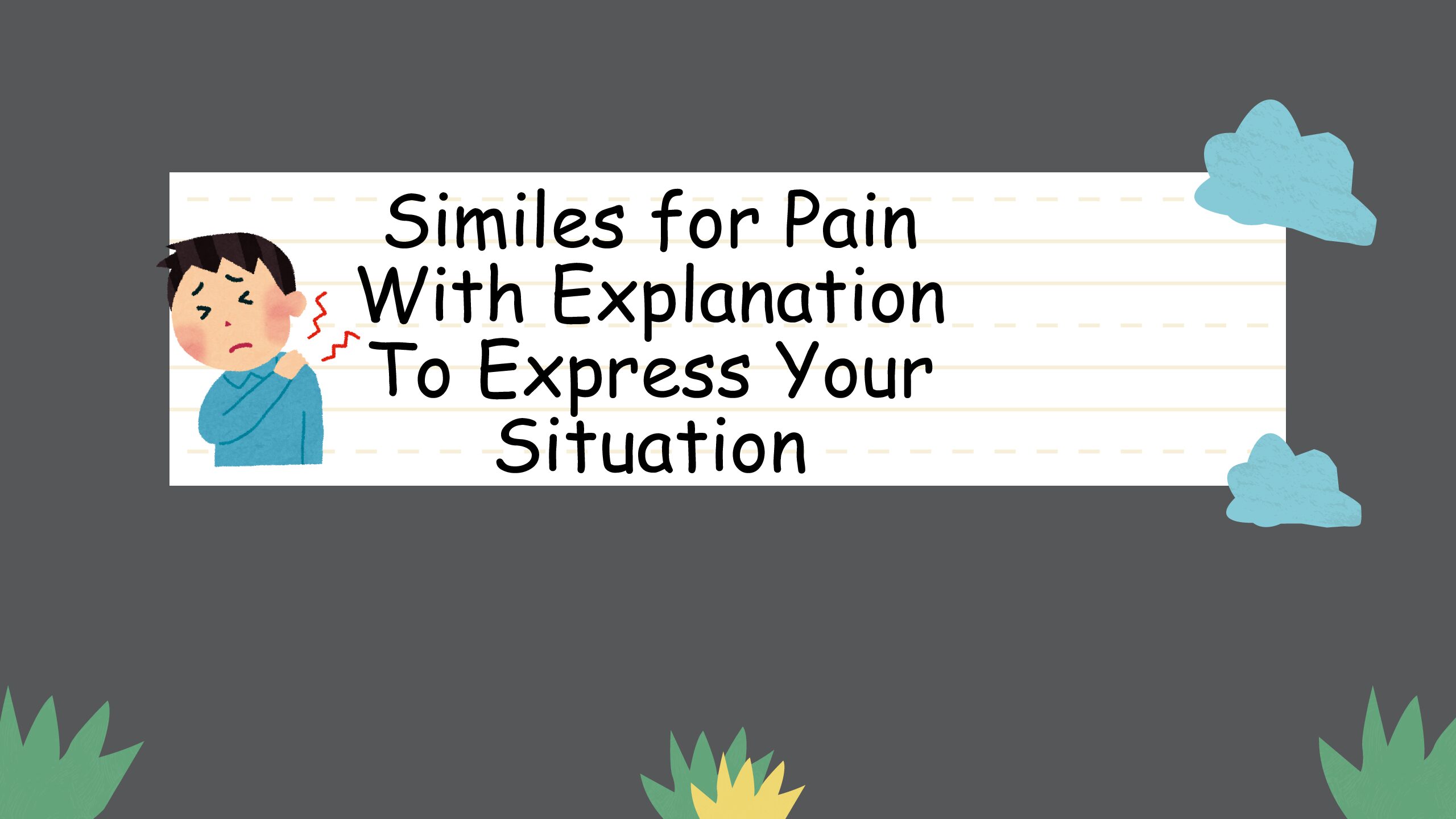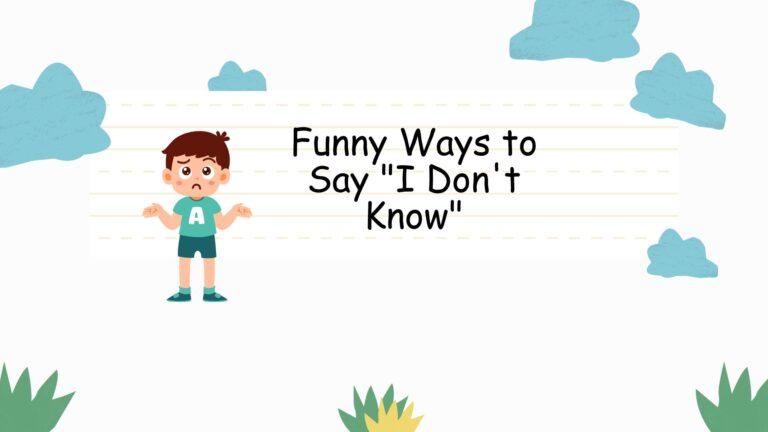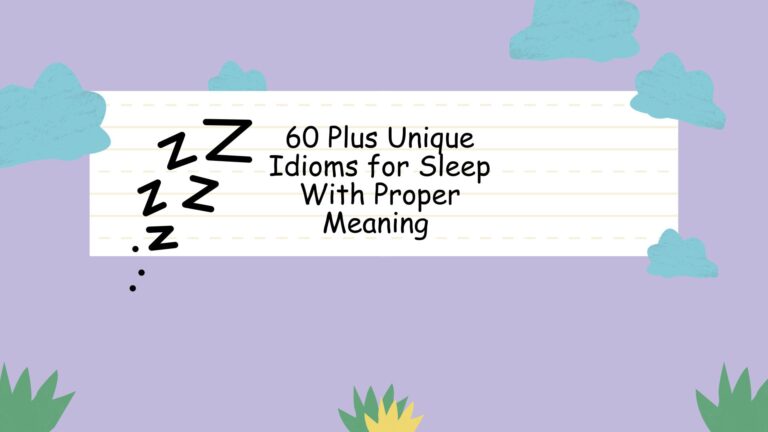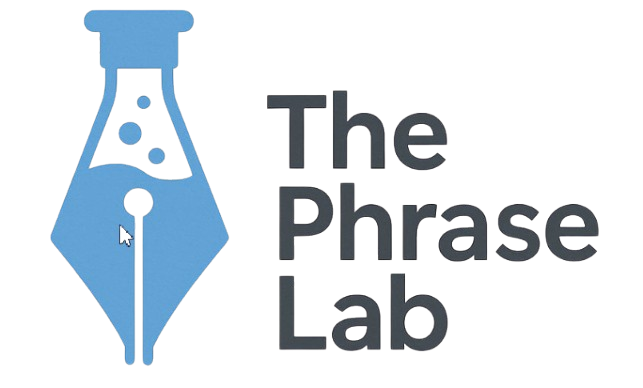
Other Ways to Say “Welcome Back”: A Comprehensive Guide
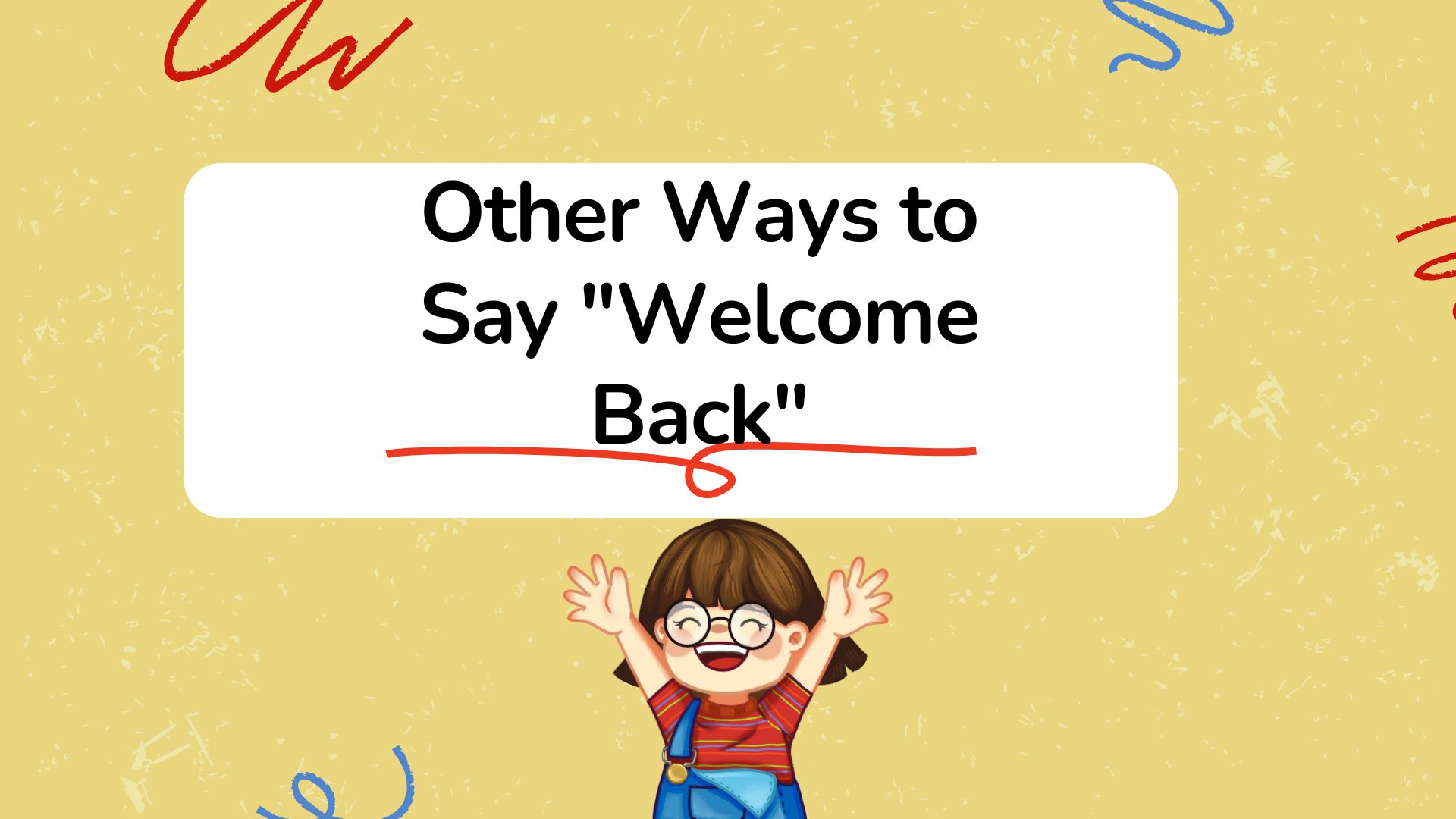
Mastering alternative greetings is crucial for effective communication, especially when welcoming someone back after an absence. Knowing various ways to say “welcome back” allows you to express your sincerity and warmth in different contexts, making your interactions more engaging and personalized. This guide explores numerous alternatives to “welcome back,” their specific usages, and the nuances they convey. Whether you’re a student learning English or a professional aiming to refine your communication skills, this article provides the knowledge and practice you need to use these greetings confidently.
This article will benefit students, teachers, and professionals who wish to diversify their vocabulary and improve their communication skills. Understanding the subtle differences between these phrases helps you choose the most appropriate greeting for any situation, fostering stronger relationships and creating a more welcoming environment. From formal settings to casual conversations, knowing multiple ways to say “welcome back” is an invaluable asset.
Table of Contents
- Introduction
- Definition of “Welcome Back”
- Structural Breakdown
- Types and Categories of “Welcome Back” Alternatives
- Examples
- Usage Rules
- Common Mistakes
- Practice Exercises
- Advanced Topics
- FAQ
- Conclusion
Definition of “Welcome Back”
“Welcome back” is a common expression used to greet someone upon their return to a place, situation, or activity after a period of absence. It conveys a sense of pleasure at their return and acknowledges their previous presence. The phrase serves as a warm and friendly way to re-integrate someone into a familiar environment.
The phrase “welcome back” belongs to the category of greetings and expressions of goodwill. Its primary function is to acknowledge and celebrate someone’s return. It is typically used in contexts where the person being greeted was previously a part of the environment or situation.
The context in which “welcome back” is used can range from informal to semi-formal. It is appropriate for both casual and professional settings, though the specific tone and additional remarks may vary depending on the relationship and situation. For instance, welcoming a colleague back from vacation will differ from welcoming a friend back from a trip.
Structural Breakdown
The phrase “welcome back” is structurally simple, consisting of two main components:
- Welcome: This is an interjection and verb that expresses pleasure or acceptance of someone’s arrival or return. It conveys a sense of hospitality and warmth.
- Back: This adverb indicates a return to a previous place, condition, or time. It signifies that the person is returning to a state they were previously in.
The combination of these two words creates a concise and effective greeting. While the phrase is straightforward, its impact lies in its ability to convey a sense of belonging and recognition. The order of the words is fixed; changing it (e.g., “back welcome”) would render the phrase grammatically incorrect and unnatural.
The simplicity of the structure allows for easy modification and addition of other elements to enhance the greeting. For instance, you can add a person’s name (“Welcome back, John!”) or a specific detail about their absence (“Welcome back from your trip!”). These additions make the greeting more personalized and sincere.
Types and Categories of “Welcome Back” Alternatives
There are numerous ways to say “welcome back,” each with its own nuances and appropriate contexts. These alternatives can be categorized based on their tone, formality, and the specific situation in which they are used.
General Greetings
These are versatile alternatives that can be used in a wide range of situations, from casual to semi-formal. They express a basic sense of pleasure at someone’s return without being overly enthusiastic or specific.
Enthusiastic Greetings
These greetings convey a high level of excitement and joy at someone’s return. They are best suited for informal settings and close relationships, where a more expressive tone is appropriate.
Formal Greetings
These are appropriate for professional settings or when addressing someone with respect and deference. They are more reserved and polite than casual alternatives, maintaining a level of formality.
Casual Greetings
These are used in informal settings with friends, family, or close colleagues. They are relaxed and friendly, often incorporating slang or colloquial expressions.
Workplace Greetings
These greetings are specifically tailored for professional environments. They balance warmth and professionalism, acknowledging someone’s return while maintaining appropriate workplace etiquette.
Absence-Specific Greetings
These alternatives acknowledge the reason for someone’s absence, such as a vacation, illness, or leave of absence. They demonstrate that you are aware of their situation and are glad to see them back.
Examples
To illustrate the various alternatives to “welcome back,” here are several examples categorized by the types described above. Each category includes a table with numerous examples demonstrating the different ways to express a welcome back message.
General Examples
The following table presents a range of general alternatives to “welcome back,” suitable for various contexts. These phrases are simple, direct, and convey a sense of pleasure at the person’s return.
| Greeting | Context |
|---|---|
| It’s good to have you back. | Casual or semi-formal |
| We’re glad you’re back. | Workplace or personal |
| Nice to see you again. | Any setting |
| Good to see you back. | Informal |
| It’s great to see you. | General |
| Happy to have you back. | Friendly |
| We’ve missed you. | Personal |
| How was your time away? | Showing interest |
| It’s nice to have you around again. | Welcoming |
| Glad to have you with us again. | Group setting |
| Your presence was missed. | Formal or thoughtful |
| It feels complete again with you here. | Expressive |
| We’re happy to see you returning. | Polite |
| It’s good to have you back in the fold. | Informal, group-oriented |
| We’re pleased to see you’ve returned. | Formal |
| It’s wonderful to have you back with us. | Warm and welcoming |
| We’re delighted to see you again. | Formal, enthusiastic |
| It’s a pleasure to have you back. | Polite and welcoming |
| Good to see you’re back with us. | Friendly and inclusive |
| How wonderful to see you again! | Enthusiastic |
| We are so happy you are here again. | Sincere |
| It’s really great to have you back. | Emphasizing sincerity |
| We are all so happy to have you back! | Group welcome |
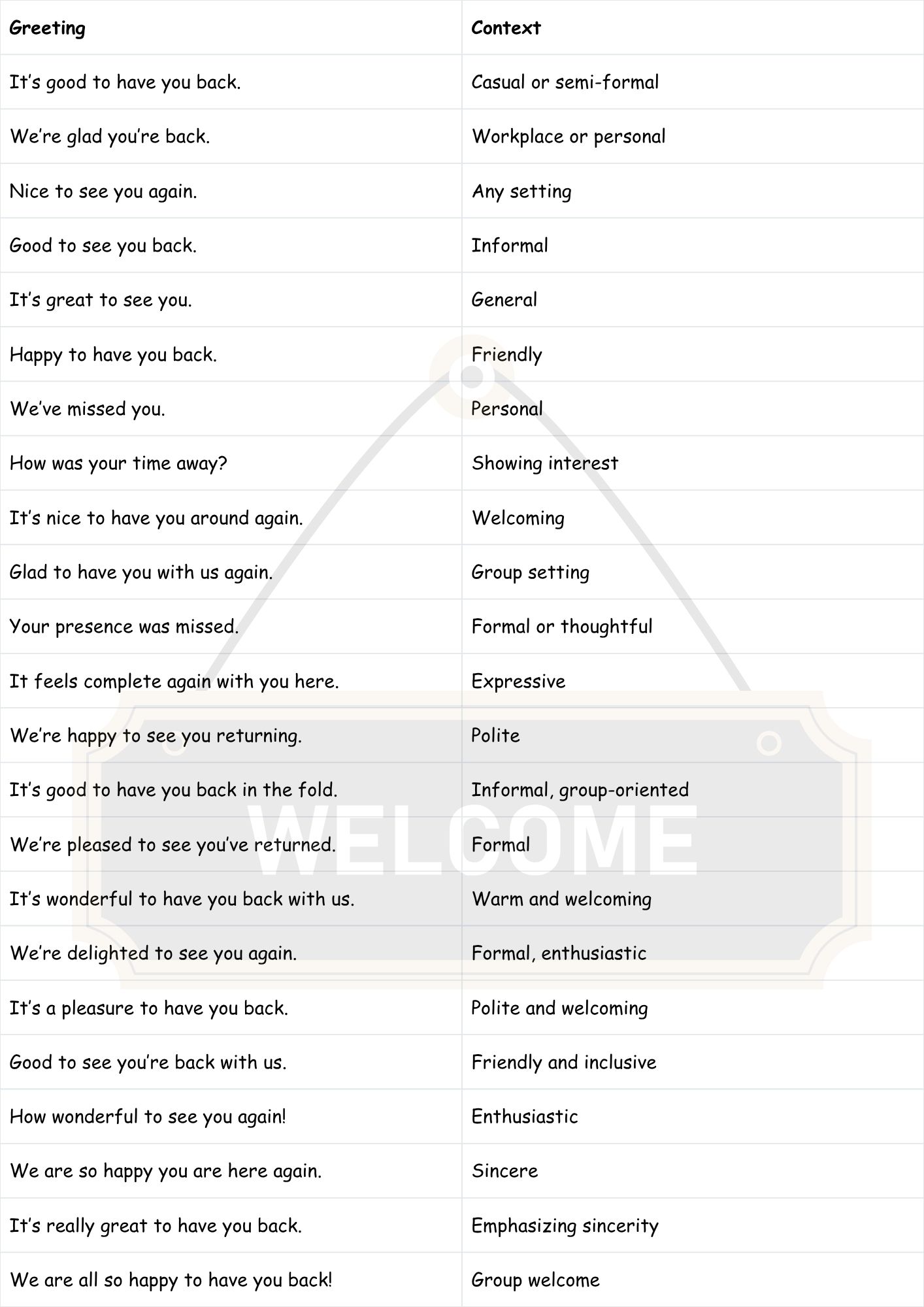
Enthusiastic Examples
The following table showcases enthusiastic ways to say “welcome back,” ideal for expressing genuine excitement and joy. These are best used in informal settings with people you are close to.
| Greeting | Context |
|---|---|
| You’re back! Awesome! | Very informal |
| So glad you’re back! | Excited |
| We’ve been waiting for you! | Expressing anticipation |
| Welcome back! We missed you tons! | Affectionate |
| Hooray, you’re back! | Celebratory |
| Can’t believe you’re back! | Surprised and happy |
| We’re so thrilled to have you back! | Overjoyed |
| Back at last! | Informal, relieved |
| Finally, you’re here! | Expressing relief |
| You made it back! | Informal, celebratory |
| Oh my gosh, you’re back! | Surprised and excited |
| We’re over the moon to have you back! | Extremely happy |
| This is the best news! You’re back! | Expressing delight |
| We’ve been counting down the days! | Expressing anticipation |
| You’re back! Let’s celebrate! | Enthusiastic and festive |
| We’re bursting with happiness that you’re back! | Overwhelming joy |
| Welcome back! Let the good times roll! | Excited and ready to have fun |
| We’re doing a happy dance because you’re back! | Playful and enthusiastic |
| It’s like a party now that you’re back! | Expressing that the person’s return makes everything better |
| We were lost without you! So glad you’re back. | Expressing how much the person was missed |
| You’re back! This calls for a celebration! | Expressing excitement and the need to celebrate |
| Finally! We have been waiting for you! | Expressing impatience and excitement |
| Welcome back! We’ve missed your smile! | Expressing affection and missing the person’s presence |
Formal Examples
The following table provides formal alternatives to “welcome back,” suitable for professional settings or when addressing someone with respect. These phrases maintain a polite and respectful tone.
| Greeting | Context |
|---|---|
| Welcome back, [Name]. | Professional |
| We are pleased to welcome you back. | Formal |
| It’s a pleasure to have you back with us. | Respectful |
| We trust you had a pleasant absence. | Polite and considerate |
| We’re delighted to have you return. | Formal and welcoming |
| Welcome back to the team. | Workplace |
| We appreciate your return. | Expressing gratitude |
| It’s good to have you back in the office. | Workplace |
| We hope you had a restful break. | Polite and considerate |
| We’re glad to see you back in good health. | Concern for well-being |
| Welcome back to your duties. | Formal, workplace |
| We are happy to see you resuming your role. | Professional |
| We trust your time away was productive. | Formal, showing interest |
| We’re pleased to have you back contributing to our goals. | Workplace, goal-oriented |
| Welcome back to the organization. | Formal, corporate |
| We extend a warm welcome upon your return. | Very formal and welcoming |
| We are honored to have you back on board. | Formal, showing respect |
| We trust you are refreshed and ready to continue. | Polite and encouraging |
| It is our pleasure to welcome you back to your position. | Formal, workplace |
| We are delighted to see you back in a professional capacity. | Formal, professional |
| Welcome back, we have been awaiting your return. | Formal, express anticipation |
| We are pleased to see you back in the workplace. | Formal, workplace |
| Welcome back, your expertise has been missed. | Formal, professional and appreciative |
Casual Examples
The following table presents casual alternatives to “welcome back,” suitable for informal settings with friends and family. These phrases are relaxed, friendly, and may include slang or colloquialisms.
| Greeting | Context |
|---|---|
| Hey, you’re back! | Very informal |
| Look who’s back! | Playful |
| Back already? | Teasing, friendly |
| Welcome back, buddy! | Friendly |
| Good to have you back, pal. | Informal |
| So you decided to come back! | Teasing, lighthearted |
| Missed ya! | Affectionate |
| What’s up? Good to see you! | Casual |
| You made it! | Informal |
| Hey, welcome back! How’s it hanging? | Casual, friendly |
| Back in the house! | Informal, home setting |
| Glad to have you back in the crew! | Informal, group setting |
| Hey there! Welcome back! | Friendly and casual |
| Long time no see! Welcome back! | Casual, humorous |
| Welcome back! Ready for some fun? | Informal, playful |
| So, what did we miss while you were gone? | Informal, engaging |
| Welcome back! The gang’s all here! | Informal, group-oriented |
| Good to see your face again! Welcome back! | Friendly and casual |
| Yo, you’re back! Awesome! | Very informal and enthusiastic |
| Back from the dead, huh? Welcome back! | Humorous, teasing |
| Welcome back! Did you bring souvenirs? | Playful and engaging |
| Hey, welcome back! Spill the beans, how was it? | Casual, asking for details |
| So glad to have you back, what did we get up to while you were gone? | Informal, friendly and curious |
Workplace Examples
The following table provides workplace-specific alternatives to “welcome back,” balancing warmth and professionalism. These phrases are appropriate for greeting colleagues and maintaining a positive work environment.
| Greeting | Context |
|---|---|
| Welcome back to work. | Direct, professional |
| Good to have you back on the team. | Inclusive |
| Hope you had a good break. Welcome back. | Considerate |
| Welcome back, we missed your input. | Appreciative |
| Glad to have you back in the office. | Professional |
| Welcome back, ready to get back to work? | Encouraging |
| It’s good to see you back, [Name]. | Personalized, professional |
| Welcome back, we’re excited to have you back. | Enthusiastic, professional |
| Happy to have you back contributing to the team. | Positive, team-oriented |
| Welcome back, we have a lot to catch you up on. | Informative, professional |
| Good to see you’re back and refreshed. | Considerate, professional |
| Welcome back, your expertise was missed. | Appreciative, professional |
| We’re glad to see you back, ready to tackle new challenges? | Motivating, professional |
| Welcome back, we’re happy to have you here again. | Positive, general |
| Good to have you back, let’s get to work. | Encouraging, direct |
| Welcome back, we’re looking forward to your contributions. | Appreciative, future-oriented |
| It’s good to see you back in action. | Encouraging, professional |
| Welcome back to the daily grind. | Humorous, professional |
| We’re glad to have you back, ready to collaborate? | Team-focused, professional |
| Welcome back, we’re ready to get started with you again. | Enthusiastic, professional |
| Good to see you back, ready to dive back into the projects? | Professional, work-focused |
| Welcome back! We have missed your insights and creativity. | Appreciative, work-focused |
| We are glad to have you back, the team is complete again! | Inclusive, team-focused |
Absence-Specific Examples
The following table includes alternatives to “welcome back” that acknowledge the reason for someone’s absence. These phrases show that you are aware of their situation and are glad to see them back, especially after a vacation or illness.
| Greeting | Context |
|---|---|
| Welcome back from your vacation! | After vacation |
| Glad to see you’re feeling better! | After illness |
| Welcome back from your leave of absence. | After leave |
| Hope you had a great trip! Welcome back! | After trip |
| Welcome back, hope you’re fully recovered. | After illness |
| Welcome back, hope you enjoyed your time off. | After time off |
| Glad you’re back from your travels! | After travels |
| Welcome back, hope you had a relaxing vacation. | After vacation |
| We’re glad you’re back and healthy! | After illness |
| Welcome back, hope your break was refreshing. | After break |
| Glad to see you back after your surgery. | After surgery |
| Welcome back, hope your conference was insightful. | After conference |
| We’re happy to see you back after your sabbatical. | After sabbatical |
| Welcome back, hope your training was successful. | After training |
| Glad you’re back after your maternity/paternity leave. | After parental leave |
| Welcome back, hope your time away was beneficial. | General absence |
| We’re glad to see you back after your recovery. | After recovery |
| Welcome back, hope your workshop was informative. | After workshop |
| Happy to see you back after your time off, feeling recharged? | After time off, showing interest |
| Welcome back! I hope you have recovered from your illness. | After illness, showing concern |
| It’s great to see you back! Did you enjoy your vacation? | After vacation, showing interest |
| Welcome back, we missed you here during your absence. | General absence, showing you were missed |
| Welcome back! We’re glad you are back after your vacation and ready to work. | After vacation, showing you are glad to have them back at work |
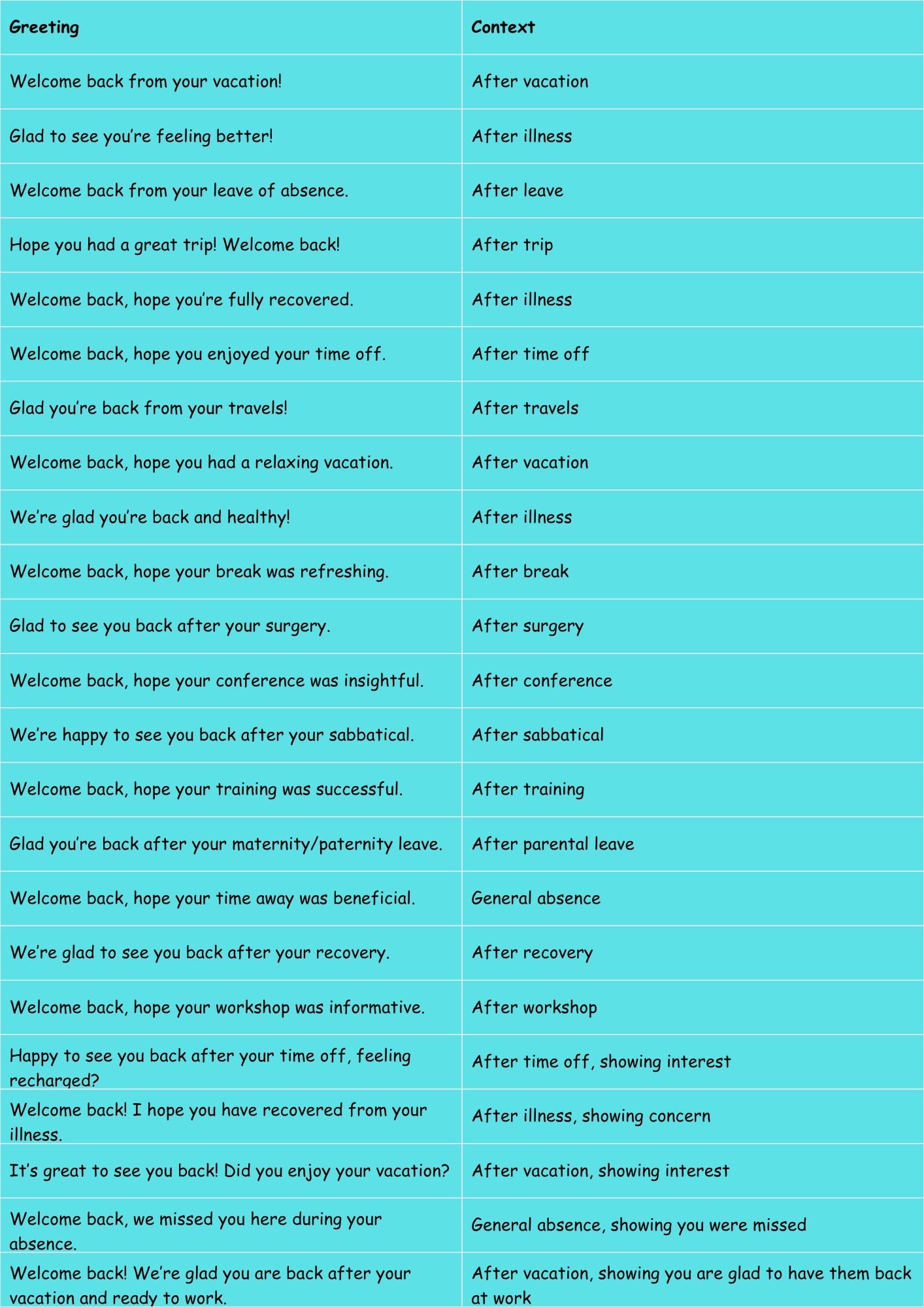
Usage Rules
The correct usage of “welcome back” and its alternatives depends on several factors, including the context, the relationship with the person being greeted, and the desired tone. Here are some general rules to follow:
- Consider the formality: Choose a greeting that matches the formality of the situation. Use formal greetings in professional settings and casual greetings with friends and family.
- Personalize the greeting: Adding the person’s name or referencing their absence can make the greeting more sincere and thoughtful.
- Be mindful of cultural differences: Some cultures may have specific customs or expectations regarding greetings. Be aware of these differences to avoid causing offense.
- Match the tone: Ensure that your tone of voice and body language align with the greeting you choose. A warm and friendly tone is generally appropriate for most situations.
- Use appropriate language: Avoid slang or jargon in formal settings. Stick to standard English when addressing superiors or unfamiliar individuals.
- Consider the length of absence: A longer absence may warrant a more enthusiastic or heartfelt greeting. A shorter absence may require a simpler, more casual greeting.
By following these rules, you can ensure that you are using “welcome back” and its alternatives appropriately and effectively, creating a positive and welcoming atmosphere for the person returning.
Common Mistakes
Despite its simplicity, there are some common mistakes people make when using “welcome back” and its alternatives. Being aware of these mistakes can help you avoid them and communicate more effectively.
| Incorrect | Correct | Explanation |
|---|---|---|
| Back welcome! | Welcome back! | Incorrect word order. |
| Welcome from back vacation! | Welcome back from your vacation! | Incorrect preposition and word order. |
| I welcome you back. | Welcome back. | While grammatically correct, it sounds overly formal and unnatural in most contexts. |
| Welcome again. | Welcome back. / Nice to see you again. | “Welcome again” is not a standard expression for welcoming someone back. |
| Welcome back, hope you weren’t missed us too much! | Welcome back, hope you didn’t miss us too much! | Incorrect use of “weren’t” instead of “didn’t” |
| So glad you are back and getting back to work, huh? | So glad you are back and ready to get back to work! | Misusing tag questions and incorrect verb tense. |
| Welcome, you are back. | Welcome back. | Unnecessary phrasing, the expression is already concise. |
| Welcomed back! | Welcome back! | Incorrect verb form. |
| Welcome always back! | Always welcome back! | Incorrect adverb placement. |
| Welcome back, now get to work! | Welcome back, ready to get back to work? | Too direct and potentially impolite, better to be encouraging. |
By avoiding these common mistakes, you can ensure that your greetings are clear, natural, and well-received.
Practice Exercises
To reinforce your understanding of “welcome back” and its alternatives, complete the following exercises. Choose the most appropriate greeting for each situation.
- You are greeting a colleague who has returned from a month-long vacation. What would you say?
- a) Hey, you’re back!
- b) Welcome back, hope you had a relaxing vacation.
- c) Back already?
- You are greeting a friend who has been ill for a week. What would you say?
- a) Glad to see you’re feeling better!
- b) Welcome back to work.
- c) So you decided to come back!
- You are greeting your boss who has returned from a conference. What would you say?
- a) Welcome back, [Boss’s Name].
- b) Hey, what’s up?
- c) Back in the house!
- You are greeting a teammate who has been on maternity leave. What would you say?
- a) Glad you’re back after your maternity leave.
- b) Back already?
- c) Missed ya!
- You are greeting a classmate who has been absent for a few days. What would you say?
- a) Welcome back, buddy!
- b) Welcome back, we missed your input.
- c) Good to see you back.
- You are greeting a family member who has been traveling abroad. What would you say?
- a) Welcome back from your travels!
- b) Welcome back to the team.
- c) What’s up? Good to see you!
- You are greeting a work friend who has been on a business trip. What would you say?
- a) Welcome back, hope your business trip was successful.
- b) Welcome back, buddy!
- c) Hope you had a good break. Welcome back.
- You are greeting someone you haven’t seen in many years. What would you say?
- a) Finally, you’re here!
- b) Long time no see! Welcome back!
- c) Welcome back! We missed you tons!
- You are greeting a colleague who has been working remotely for a long time. What would you say?
- a) Welcome back to the office!
- b) Back already?
- c) So glad you’re back!
- You are greeting a friend who has just finished a challenging project. What would you say?
- a) Welcome back, hope your project was successful.
- b) Welcome back to the daily grind.
- c) Welcome back, buddy!
Answer Key:
- b
- a
- a
- a
- c
- a
- a
- b
- a
- a
Advanced Topics
For advanced learners, understanding the nuances of “welcome back” and its alternatives can involve exploring more complex aspects of language, such as:
- Figurative Language: Using metaphors, similes, or idioms to express a welcome back message in a more creative and impactful way.
- Cultural Sensitivity: Understanding the cultural contexts in which certain greetings are more appropriate than others, and adapting your language accordingly.
- Nonverbal Communication: Combining verbal greetings with nonverbal cues, such as a warm smile, a handshake, or a hug, to enhance the message.
- Subtleties of Tone: Mastering the subtle variations in tone that can convey different emotions and attitudes when welcoming someone back.
- Contextual Adaptation: Tailoring your greeting to the specific circumstances of the person’s absence, showing that you are attentive and empathetic.
These advanced topics can help you refine your communication skills and become more adept at expressing your welcome in a variety of situations.
FAQ
- Is “welcome back” appropriate for all situations?While “welcome back” is generally versatile, it’s essential to consider the context. In formal settings, a more professional greeting like “It’s a pleasure to have you back” might be more suitable. In casual settings, “Hey, you’re back!” works well. Always tailor your greeting to the specific situation and your relationship with the person.
- Can I use “welcome back” even if the person was only gone for a short time?Yes, you can. Even if the person was only gone for a day or two, “welcome back” is still appropriate. It’s a friendly way to acknowledge their return and show that you’re glad to see them.
- How can I make my “welcome back” greeting more personal?To personalize your greeting, add the person’s name (e.g., “Welcome back, John!”) or reference their absence (e.g., “Welcome back from your trip!”). Showing that you remember their name and why they were away makes the greeting more sincere and thoughtful.
- Are there any situations where I should avoid saying “welcome back”?Avoid saying “welcome back” if the person’s absence was due to a negative or sensitive situation, such as a bereavement or a personal crisis. In such cases, a more empathetic and supportive response is appropriate.
- What are some nonverbal cues that can enhance my “welcome back” greeting?Nonverbal cues such as a warm smile, eye contact, a handshake, or a friendly hug can enhance your “welcome back” greeting. These cues convey sincerity and warmth, making the person feel more welcome.
- How can I respond if someone welcomes me back?A simple “Thank you, it’s good to be back!” is a common and appropriate response. You can also add a brief explanation of your absence or express your gratitude for their welcome.
- What’s the difference between “welcome” and “welcome back”?“Welcome” is used to greet someone upon their initial arrival, while “welcome back” is used to greet someone upon their return after an absence. The addition of “back” indicates that the person was previously present and is now returning.
- Is it appropriate to ask about someone’s absence when welcoming them back?It depends on the situation and your relationship
to the person. If you are close to them and they seem open to discussing their absence, it may be appropriate to ask a general question like, “How was your vacation?” However, avoid prying into sensitive or personal matters unless they volunteer the information. - Can I use “welcome back” in written communication?Yes, “welcome back” can be used in written communication such as emails or letters. The same principles apply: tailor the greeting to the context and your relationship with the recipient.
- Are there any regional variations in how “welcome back” is expressed?While the phrase “welcome back” is widely understood in English-speaking countries, there may be regional variations in the specific alternatives used. For example, some regions might use more informal or colloquial expressions than others. Pay attention to the local customs and language usage to ensure that your greeting is appropriate.
Conclusion
Mastering the art of saying “welcome back” involves understanding the nuances of language, context, and relationships. By exploring the various alternatives and usage rules outlined in this guide, you can enhance your communication skills and create a more welcoming environment for those returning after an absence. Whether you choose a formal greeting, an enthusiastic expression, or a casual remark, the key is to convey sincerity and warmth, making the person feel valued and appreciated. Remember to adapt your greeting to the specific situation and be mindful of cultural differences to ensure that your message is well-received. With practice and attention to detail, you can confidently and effectively welcome anyone back into your life, workplace, or community.

